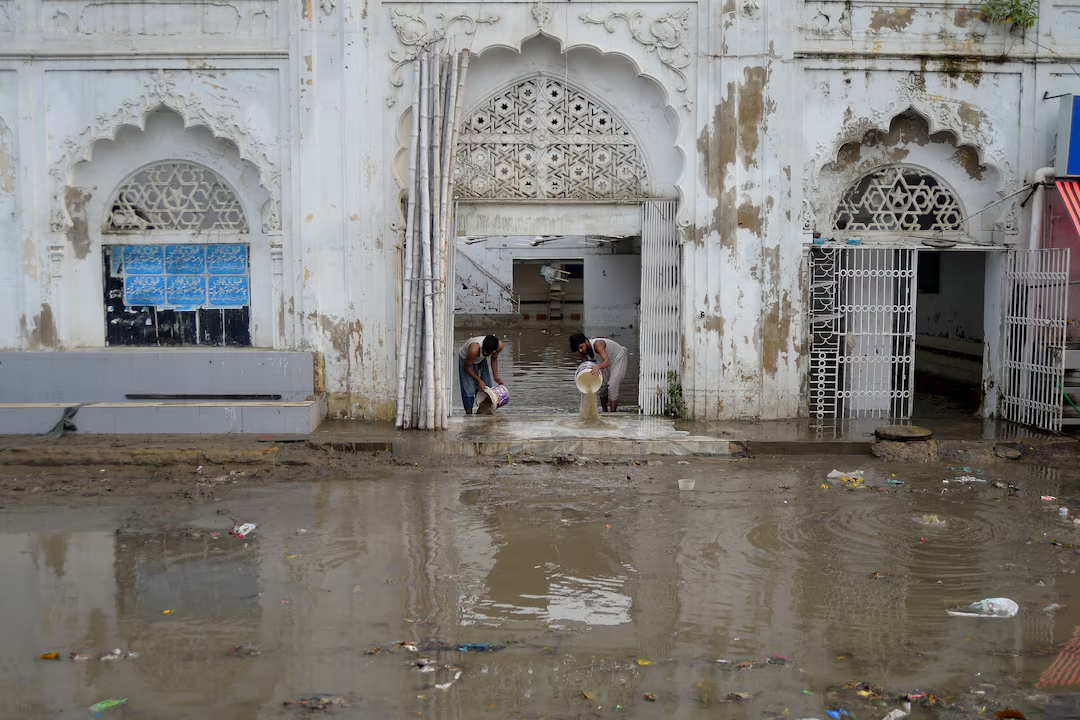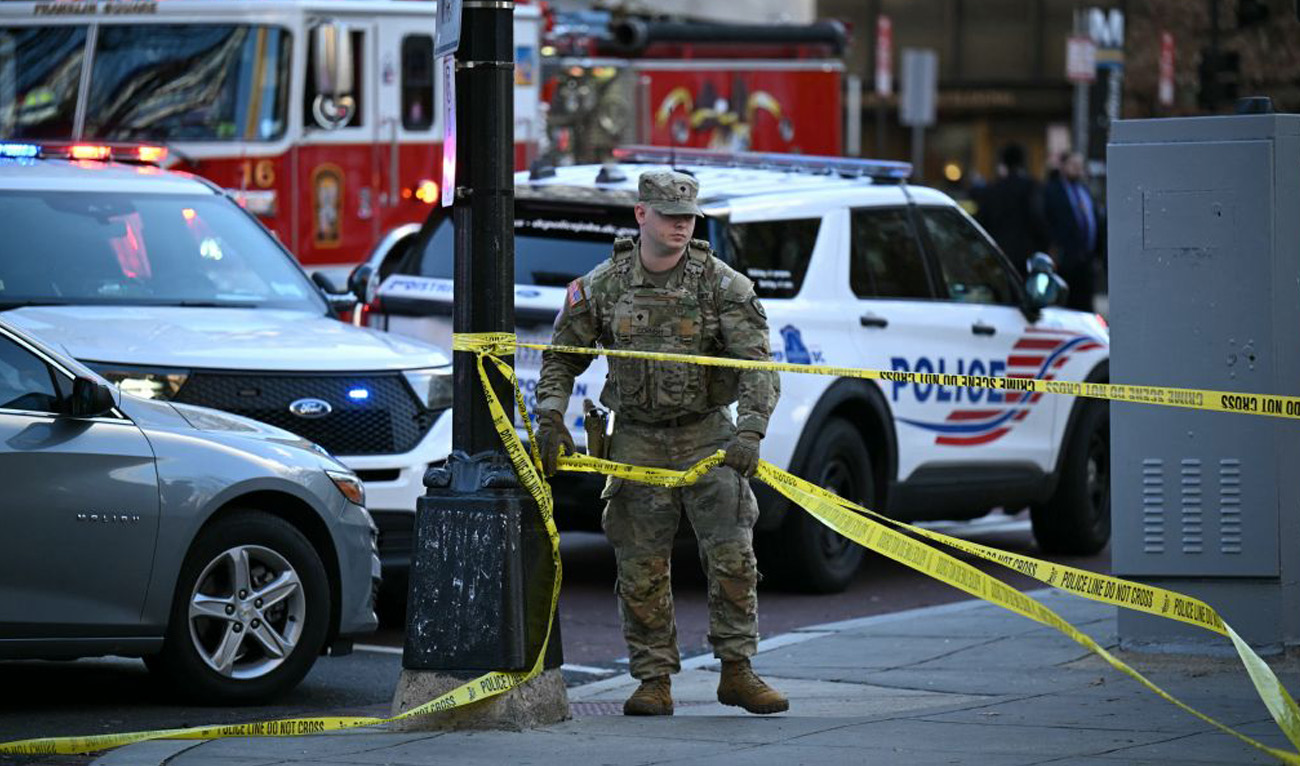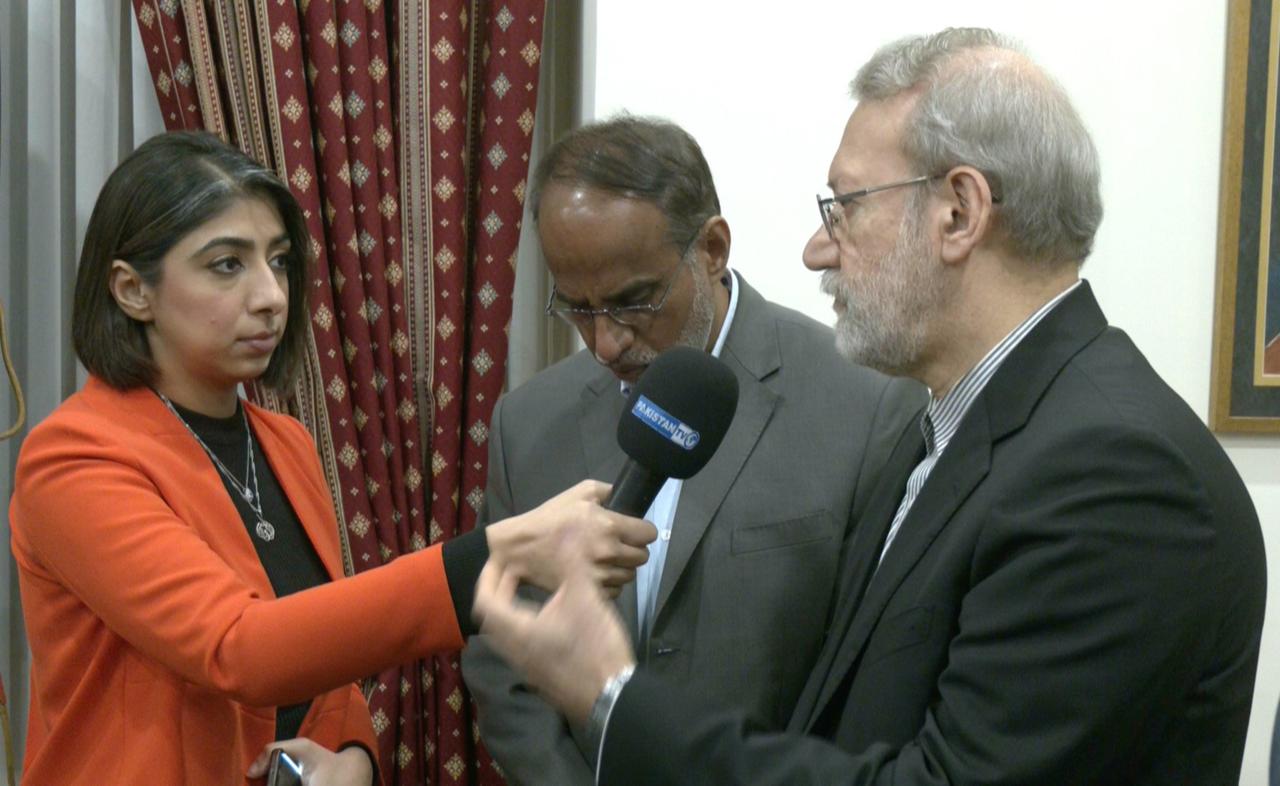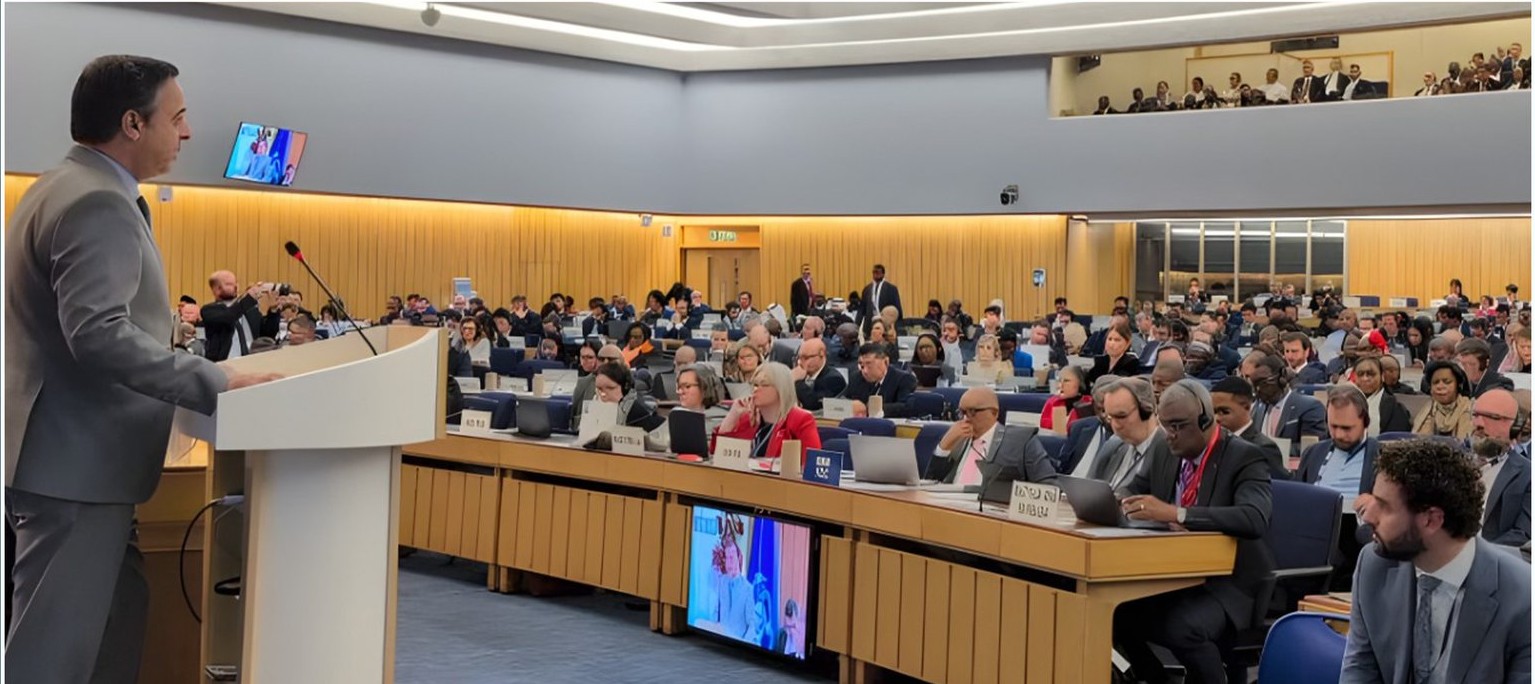ISLAMABAD: Intermittent monsoon rains have caused chaos across southern Pakistan, with Karachi and other parts of Sindh dealing with urban flooding, and southern Punjab facing a severe flood emergency as a second wave moves through the Chenab and Sutlej rivers.
Karachi: Urban flooding stalls the city
Karachi was drenched by persistent rain overnight into Wednesday morning, leading to widespread disruption and flooding in low-lying neighborhoods. The highest rainfall was recorded in Surjani Town at 116 mm, according to the Pakistan Meteorological Department.
The heavy rain caused urban flooding, overflowing streams, and the spilling of major nullahs and rivers, including the Malir, Thado Dam, and Memon Goth, resulting in water flooding the streets and cutting off key transportation links, such as the Superhighway and National Highway.
Many areas, including Sohrab Goth, Hasan Nauman Colony, and Saadi Town, were submerged, forcing residents to evacuate. Authorities ordered schools to close, and the Pakistan Army was deployed to assist with rescue operations.
Sindh faces heavy rains
The tenth monsoon spell has intensified across Sindh, with Hyderabad, Jamshoro, Badin, Sehwan, and Sujawal receiving heavy downpours.
In Hyderabad, major urban centers like Latifabad and Qasimabad remain waterlogged. In Jamshoro and Sehwan, rising waters from hills and streams disrupted roads and flooded residential and commercial areas.
In rural parts of Nowshero Feroze, Dadu, and Mirpurkhas, overflowing drains submerged crops, raising fears of agricultural losses.
South Punjab: Flood emergency declared
Meanwhile, in southern Punjab, authorities are managing a dual flood threat as rivers swell with upstream inflows.
On Wednesday, Pakistan’s disaster management authority warned of high flood levels in the Sutlej River after water flows at Harike and Ferozepur in India crossed danger levels.
The PDMA warned that districts including Kasur, Okara, Pakpattan, Bahawalnagar, Vehari, Lodhran, Bahawalpur, Multan, and Muzaffargarh could be impacted.
At the same time, a second flood wave in the Chenab River has prompted mass evacuations across Multan and nearby districts. As the floodwaters surged through Head Muhammadwala and Shershah bridges, officials called the situation an “unprecedented flood emergency.”
The water level at Shershah was just below the critical 393.50-foot mark. Authorities warned that if levels rise further, embankments might be intentionally breached to ease pressure—a move that could displace over 30,000 people and affect 8,000 homes.
By Tuesday, more than 185,000 people had already been affected in Muzaffargarh and Rangpur. In Jalalpur Pirwala alone, 50 villages were submerged, forcing the evacuation of more than 235,000 residents and 180,000 livestock to safer areas.
Multan Deputy Commissioner Waseem Hamid Sindhu confirmed that a flood flow of 500,000 cusecs from Head Trimmu had reached Head Muhammadwala, increasing pressure on flood defenses. He added that emergency measures would stay in place for at least the next 24 hours.
Conflicting forecasts cause concern
Conflicting weather forecasts have created uncertainty among people in the affected regions. PDMA Punjab stated on Tuesday that the tenth monsoon spell had ended and dismissed the possibility of further flood waves.
However, a senior official from the Pakistan Meteorological Department disagreed, warning that monsoon activity in India had not yet ended and could lead to a third flood wave downstream in Pakistan.



.jpg)


